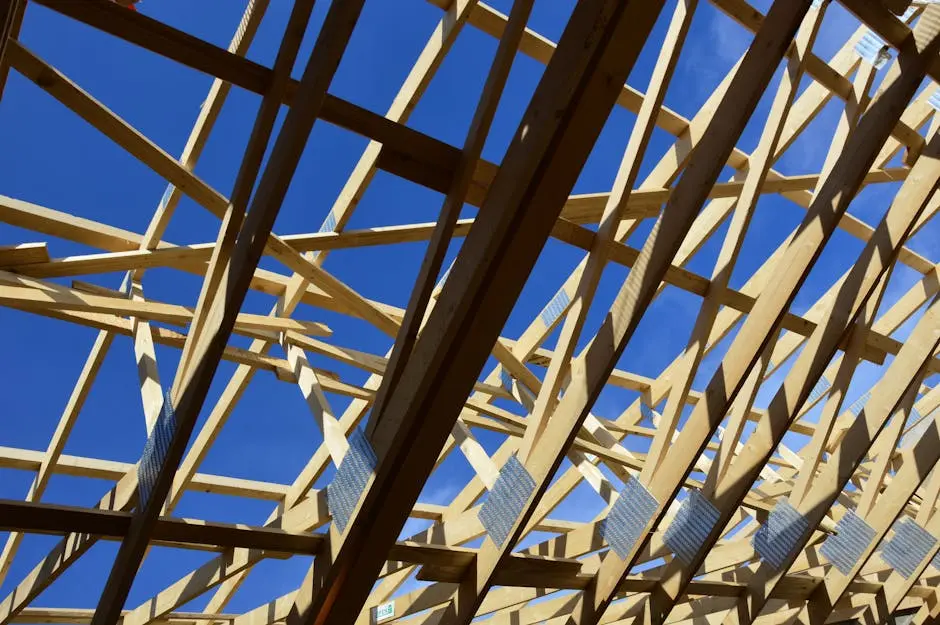A roof damage inspection is a crucial step in maintaining the integrity of your home. It involves a thorough evaluation to identify potential issues that could lead to costly repairs. In this guide, we’ll break down the components of a roof damage inspection in a simple and easy-to-understand manner.
Visual Assessment of the Roof
The first step in a roof damage inspection is a visual examination. The inspector looks for obvious signs of damage, such as missing shingles, cracks, or sagging areas. This quick glance provides valuable insights into the roof’s current condition.
During this visual assessment, the inspector may also check for uneven surfaces that might indicate underlying issues. A roof should maintain its structural integrity, and any signs of warp or unevenness can signal potential problems ahead.
It’s not just about what is visible. The inspector will also evaluate the roof’s overall condition by observing the quality of the materials used. This includes looking at the age of the roof as well. Older roofs may require more attention, especially if they’ve weathered several storms.
Inspectors will also note the presence of any debris, such as leaves or branches, which can trap moisture and create an ideal environment for mold and decay. A thorough cleaning might be recommended along with the inspection.
Overall, this initial visual assessment allows the inspector to form a foundational understanding of the roof’s health and guide the rest of the inspection. It’s a crucial step that sets the tone for the entire process.
Checking for Leaks
Next, the inspector checks for signs of leaks inside the home, such as water stains on ceilings or walls, which might indicate a failure in the roofing system. Identifying leaks early can save homeowners significant repair costs down the line.
To ensure nothing is overlooked, inspectors often look in areas prone to moisture buildup, like bathrooms and kitchens. These rooms can give critical clues about the roof’s ability to protect the home from the elements.
In addition to visual inspections, professionals may also utilize tools like moisture meters to detect hidden dampness within walls or ceilings. This technology aids in pinpointing the source of the leak and determining if the water intrusion has caused structural damage.
If leak sources are found, the inspector will outline steps to repair them, whether that means sealing areas or replacing damaged materials. Addressing leaks promptly is vital for maintaining a healthy home.
Evaluating Roof Components
An inspection also involves reviewing other critical components, such as gutters, flashing, and vents, to ensure they are functioning correctly and in good condition. Each of these elements plays an essential role in directing water away from the roof and home.
For instance, gutters must be clear of debris to allow for appropriate drainage. Clogged gutters can lead to water pooling on the roof, increasing the risk of leaks and damage. A full inspection will check for blockages, sagging, or even signs of rust.
Flashing, which protects joints from water infiltration, is another crucial component evaluated during the inspection. Any corrosion or misalignment in the flashing should be noted, as this can lead to significant leaks if not addressed.
Finally, vents play an essential role in ventilation to combat heat and moisture buildup in the attic. Proper airflow is vital for the overall health of the roofing structure, and an inspector will ensure that these components are not obstructed.
Recommendations for Repairs
Finally, after the assessment, the inspector will provide recommendations on necessary repairs or maintenance to enhance the roof’s performance and longevity. This report serves as a roadmap for homeowners to follow.
Depending on the findings, suggested actions may range from simple maintenance tasks like cleaning gutters or resealing flashing, to major repairs, such as replacing sections of roofing material. It’s important to act on these recommendations to prevent further damage and protect your investment.
Moreover, the inspector might suggest periodic maintenance plans tailored to your roof’s unique needs. These plans can act as preventative measures to maintain the roof’s integrity and save money in the long run.
In summary, the recommendations provided after a roof damage inspection can greatly influence how well the roof will perform against the elements. Being proactive can extend the lifespan of your roof significantly.
Wrap Up
By understanding what a roof damage inspection entails, you can better prepare for the professional assessment and address any issues promptly. Regular inspections not only ensure your roof’s longevity but also provide peace of mind knowing your home is protected.


